Psychologist
Follow the story of Gregory B and his mother, Laura, as they go through psychological evaluations performed by autism experts. Below this series of videos are a variety of clips describing two diagnostic tools and how psychologists and psychiatrists use them to evaluate children at risk for autism.
-
The Process of Diagnosing an Autism Spectrum Disorder Part 1: A Psychiatric Evaluation
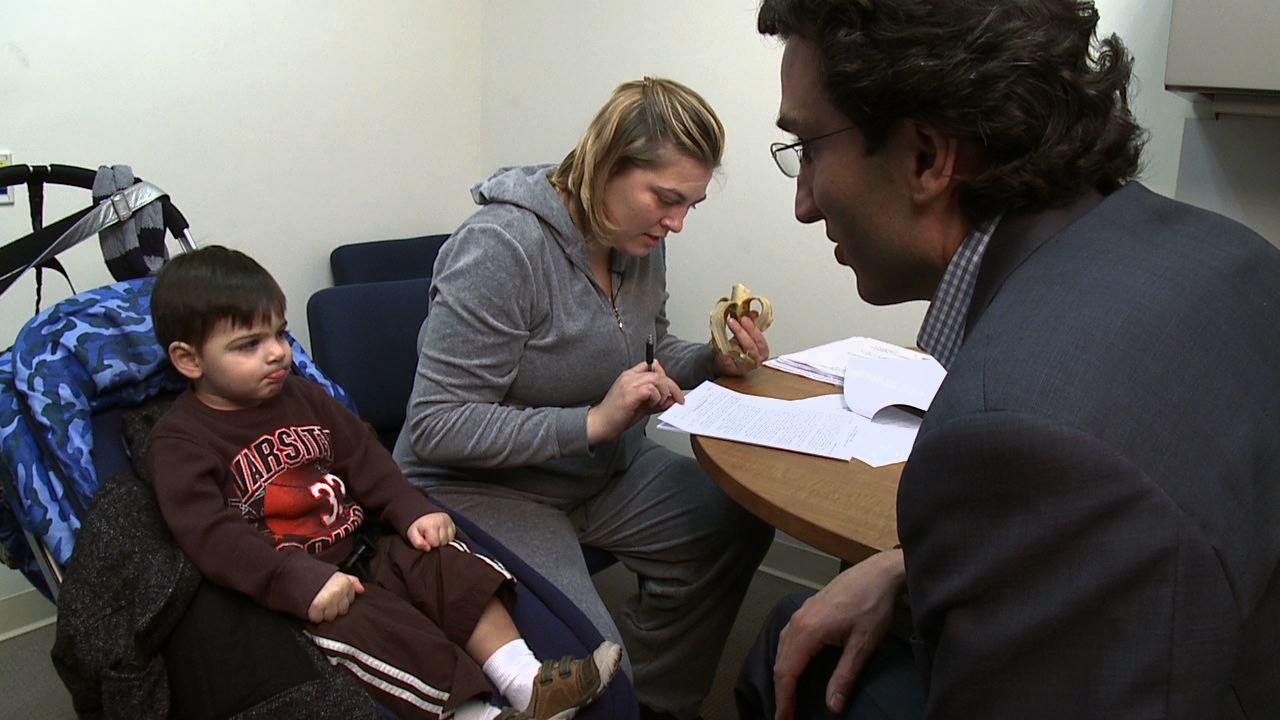
Laura, the mother of Gregory, a 26 month old boy recently diagnosed with autism, sought a second opinion and a thorough evaluation at the Seaver Autism Center of the Mt. Sinai School of Medicine. This four part video documentary follows Laura and Gregory through the diagnostic process and its results. In Part 1, the Psychiatric Evaluation, Dr. Alexander Kolevzon, the clinical director of the Seaver Center, interacts with Gregory, looking for the signs of autism, and asks Laura about his development and behavior. At the end, he talks about Gregory's strengths and weaknesses and expresses admiration for his mother's dedication.
-
The Process of Diagnosing an Autism Spectrum Disorder Part 2: The Autism Diagnostic Observation Schedule (ADOS)
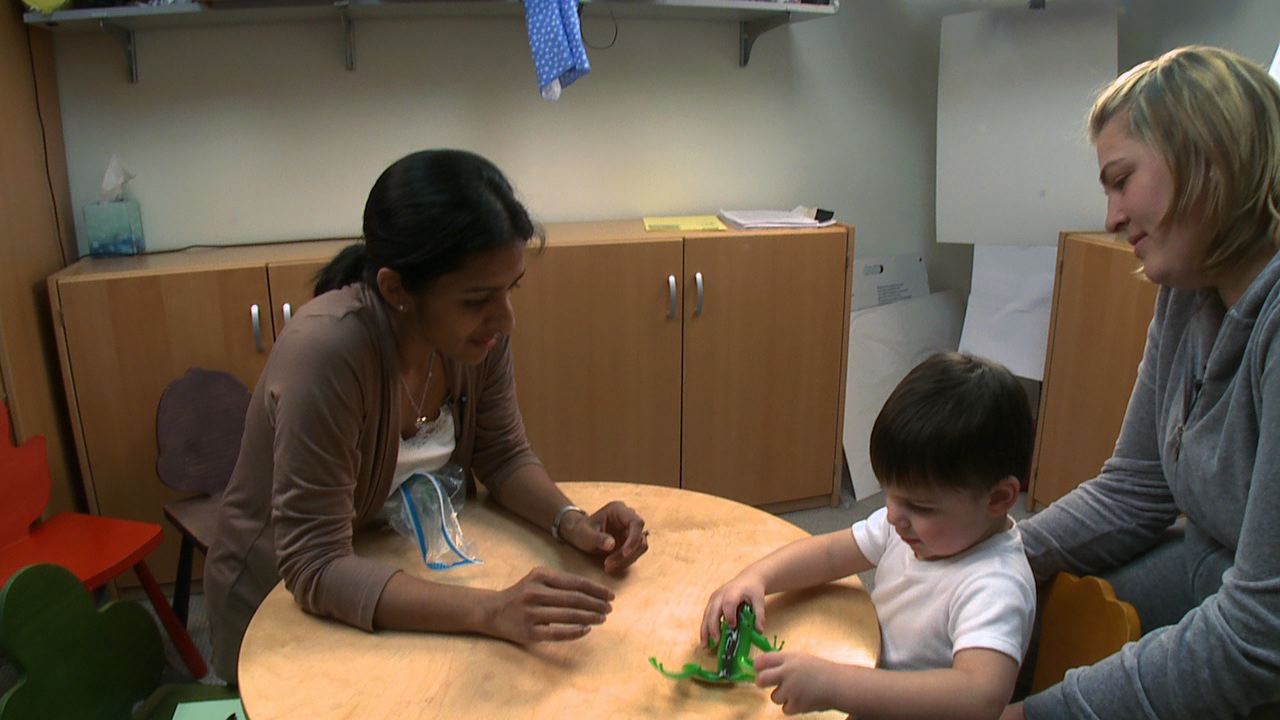
In Part 2, Latha Soorya, Chief Psychologist, leads Gregory through the Autism Diagnostic Observation Schedule (ADOS), a trusted assessment commonly used by health care professionals along with a parent interview to determine if a child meets criteria for an autism spectrum disorder. The ADOS consists of a series of semi structured play activities designed to elicit behaviors relevant to autism such as joint attention, symbolic play, affect sharing and social relatedness.
-
The Process of Diagnosing an Autism Spectrum Disorder Part 3.1: The Autism Diagnostic Interview (ADI)
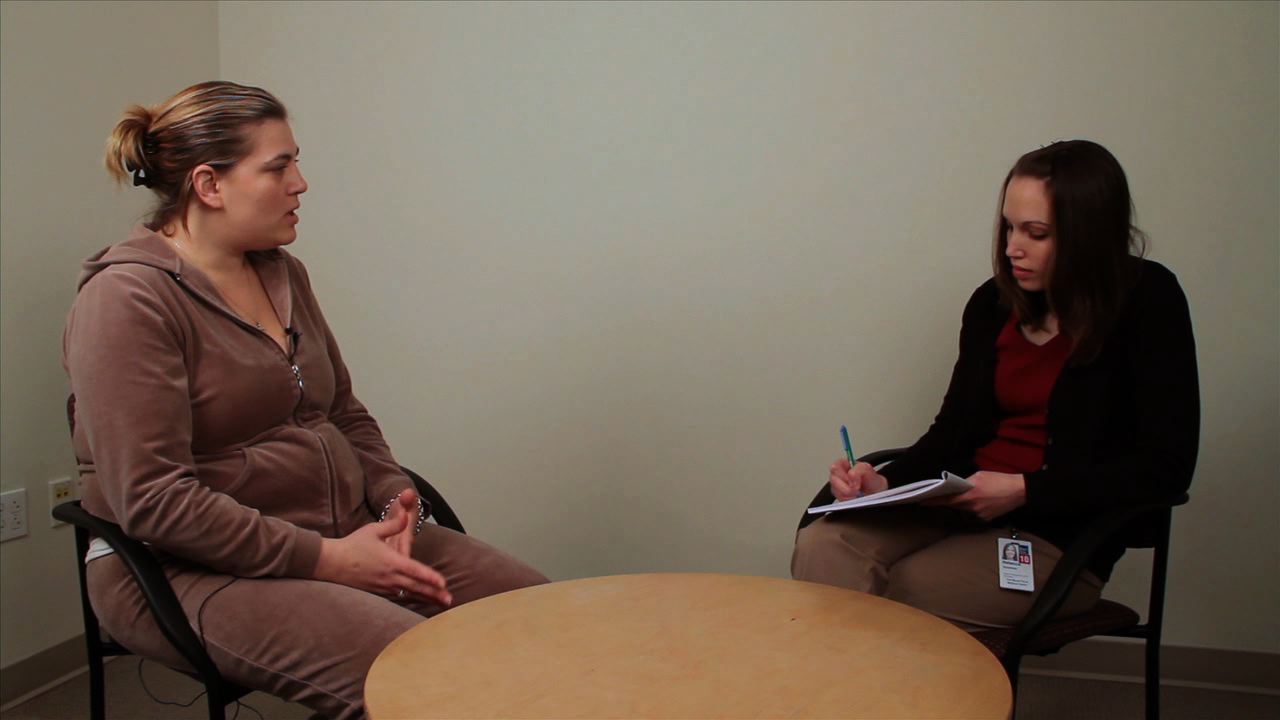
In Part 3, Laura meets with Rebecca Schulman, Clinical Research Coordinator, for an extended interview based on the Diagnostic and Statistical Manual's criteria for an autism spectrum disorder. Rebecca asks about Gregory's early development, verbal and non verbal communication and interaction with peers and family, along with his ability to play, share interest and show compassion. She also asks about the repetitive and stereotyped interests that sometimes characterize autism. Laura talks about the gains Gregory has made in three months of therapy and her hopes for his future.
-
The Process of Diagnosing an Autism Spectrum Disorder Part 3.2: ADI
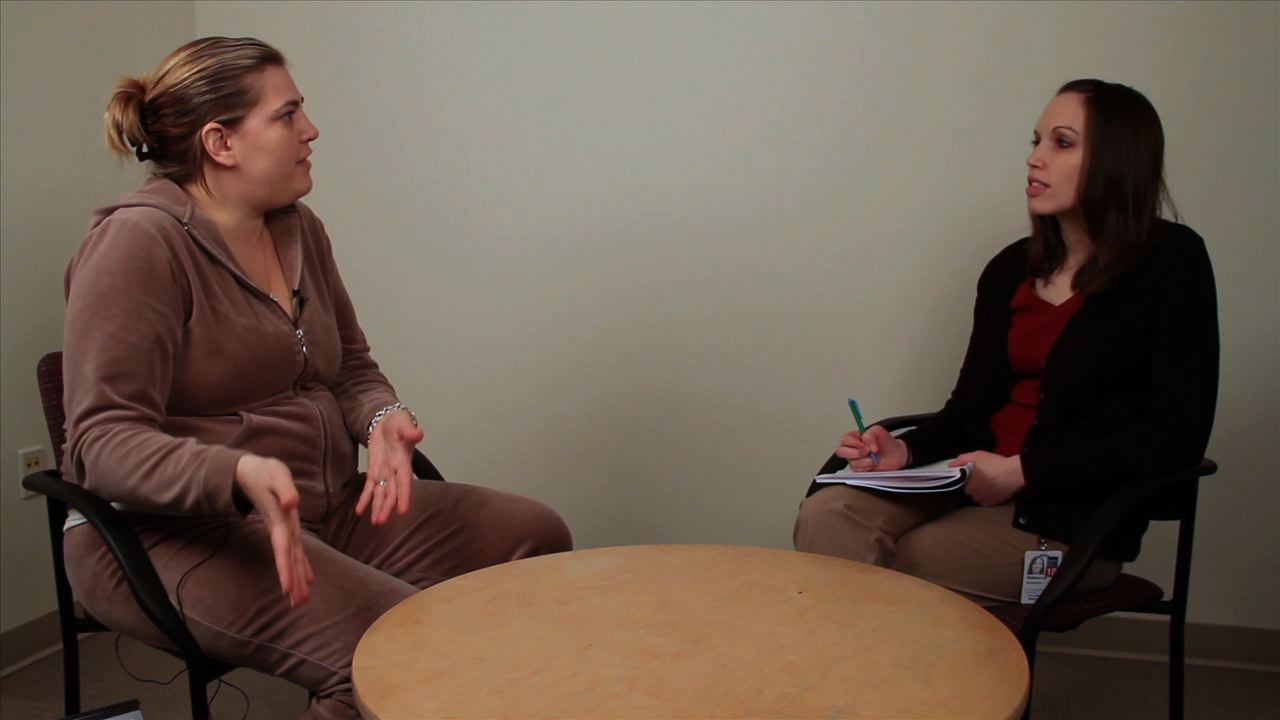
Laura, mother of Gregory (ASD) discusses some aspects of his early development during an Autism Diagnostic Interview (ADI). Though Gregory was an affectionate and loving baby, he failed to reach certain social and communicative milestones such as making eye contact or using language or gestures to request. Rebecca, the assessor, explains several of the items she discussed with Laura, which include questions about Laura's initial concerns and questions about regression, or the decline in development seen in some children with ASD.
-
The Process of Diagnosing an Autism Spectrum Disorder Part 3.3: ADI
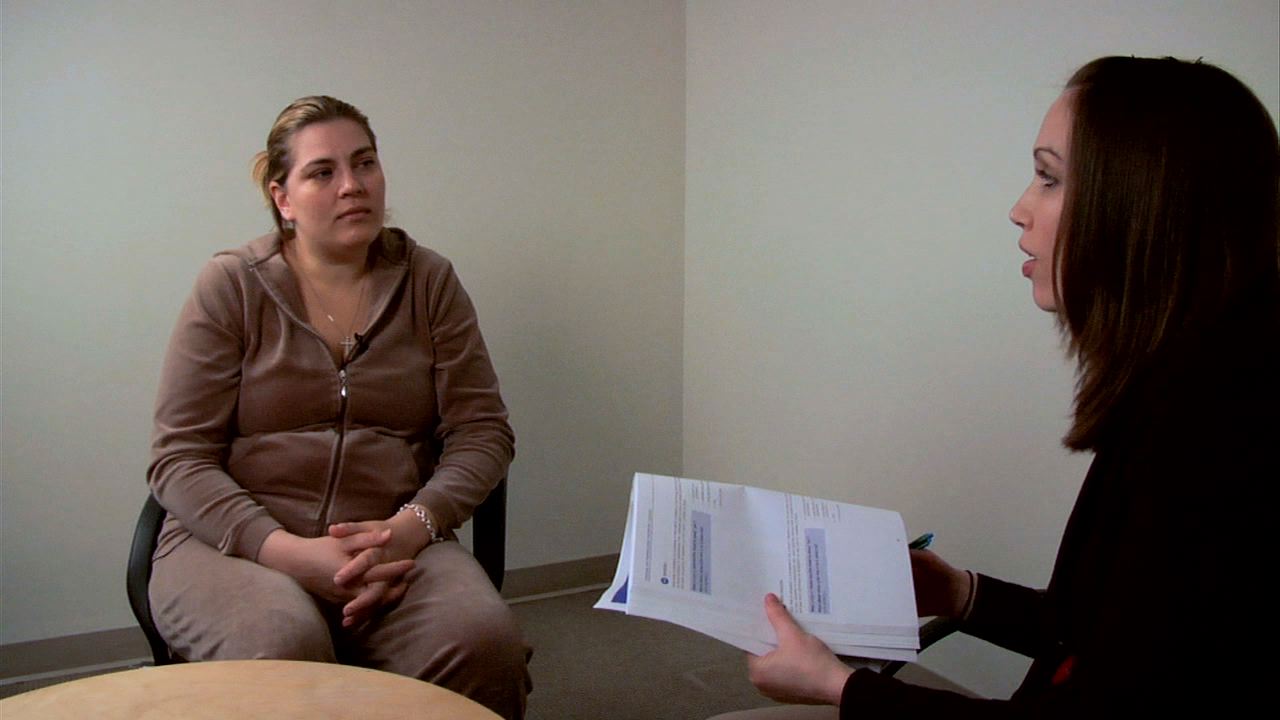
Laura, mother of Gregory (ASD) discusses some aspects of his language and communication during an Autism Diagnostic Interview (ADI). They discuss how much language he currently has, when he first started using words, how he communicated before he had verbal language and whether he currently uses any nonverbal communication. Rebecca, the assessor, explains several of the items she discusses with Laura.
-
The Process of Diagnosing an Autism Spectrum Disorder Part 3.4: ADI
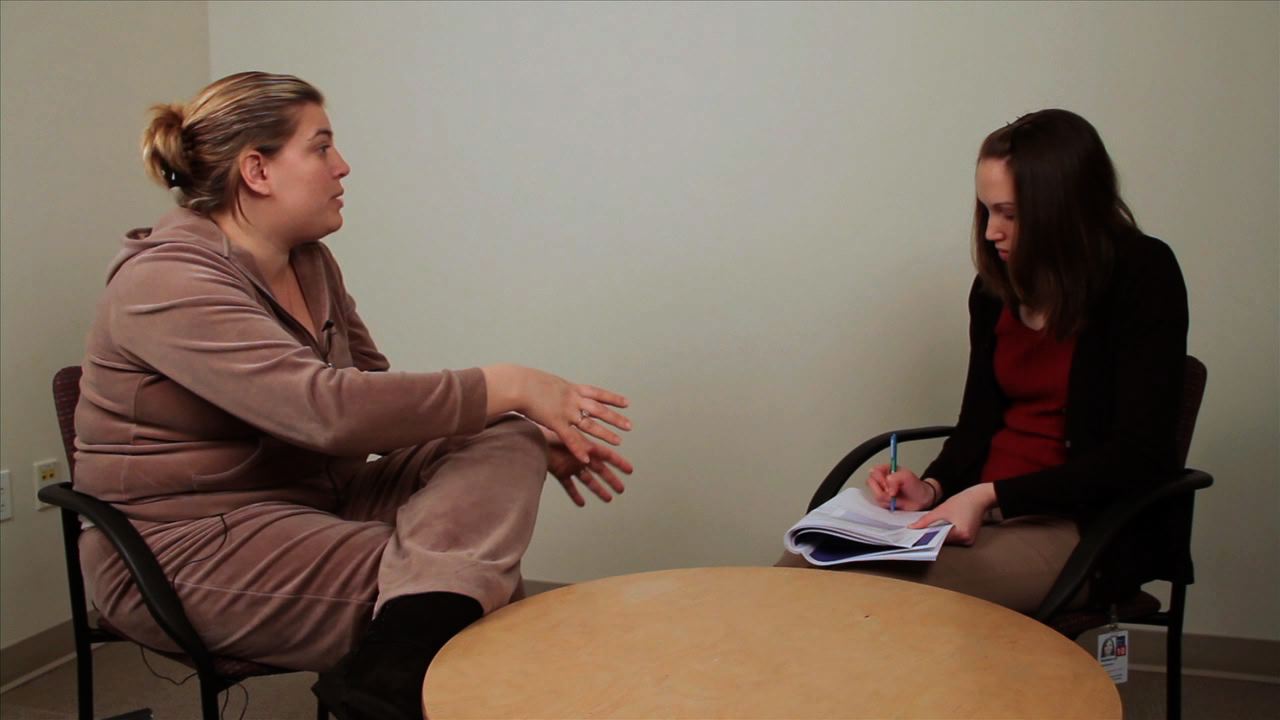
Laura, mother of Gregory (ASD) discusses some aspects of his social development and play habits during an Autism Diagnostic Interview (ADI). Laura explains that Gregory has a hard time making eye contact, smiling in greeting and sharing enjoyment or objects. They also discuss his interest in other children, how he engages in play, and whether he demonstrates emotion. Rebecca, the assessor, explains several of the items she discussed with Laura.
-
The Process of Diagnosing an Autism Spectrum Disorder Part 3.5: ADI
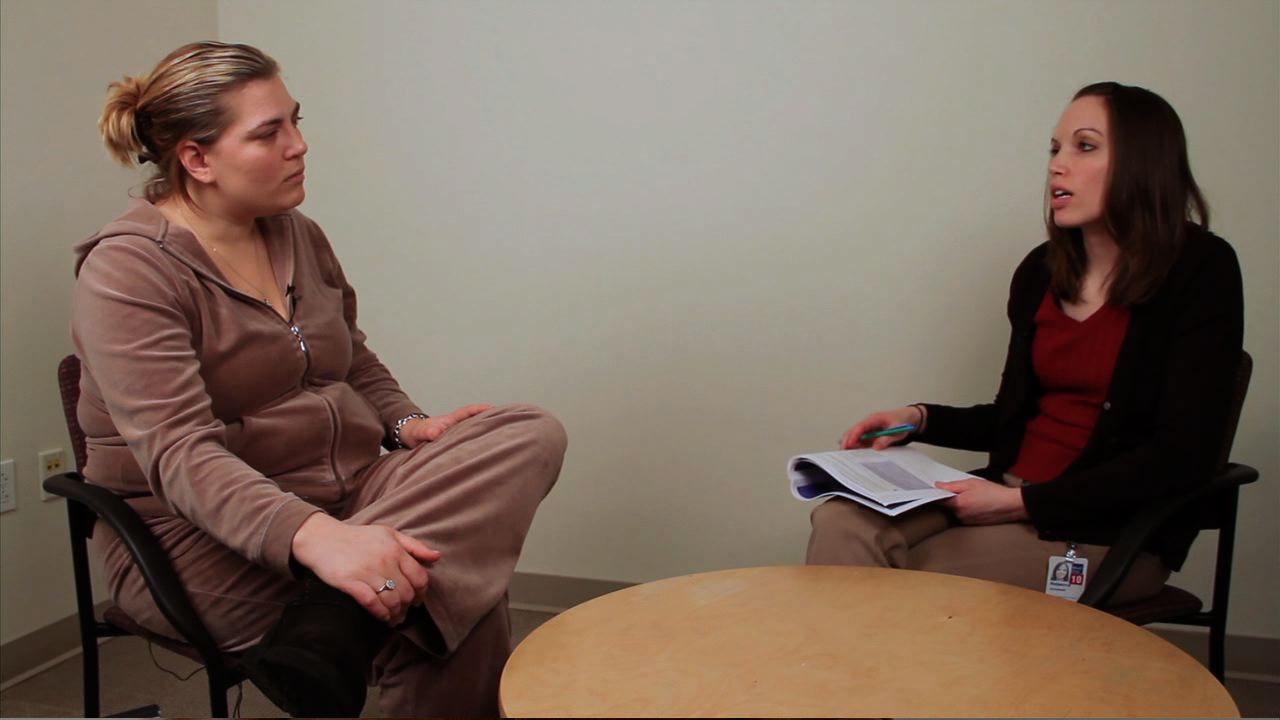
Laura, mother of Gregory (ASD) discusses some of his unusual interests and behaviors during her administration of the Autism Diagnostic Interview Revised (ADI R). She explains that he has an unusual preoccupation with door hinges, plays repetitively and seeks unusual sensory stimulation. At the same time, Laura explains that there are certain sensations to which he has a predictably negative reaction such as loud colors and foods of particular textures. Rebecca, the assessor, explains several of the items she discussed with Laura.
-
The Process of Diagnosing an Autism Spectrum Disorder Part 3.6: ADI
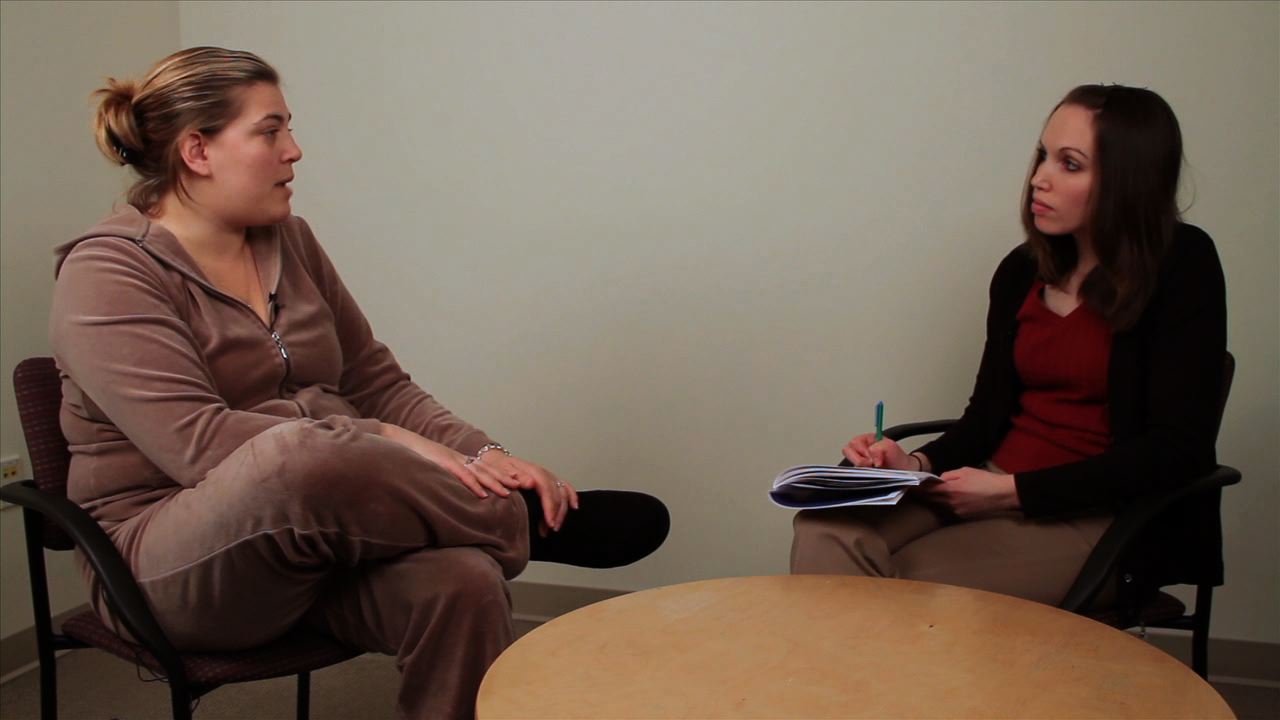
Laura, mother of Gregory (ASD) discusses some additional behaviors that are often observed in children with autism during an Autism Diagnostic Interview (ADI). She explains that he occasionally walks on his toes and exhibits aggression towards her out of frustration at his inability to communicate. Gregory will also engage in self injurious behavior as an expression of frustration. Finally, Laura discusses some of his special skills. Rebecca, the assessor, explains several of the items she discussed with Laura.
-
The Process of Diagnosing an Autism Spectrum Disorder Part 4: Results and Recommendations for Therapies
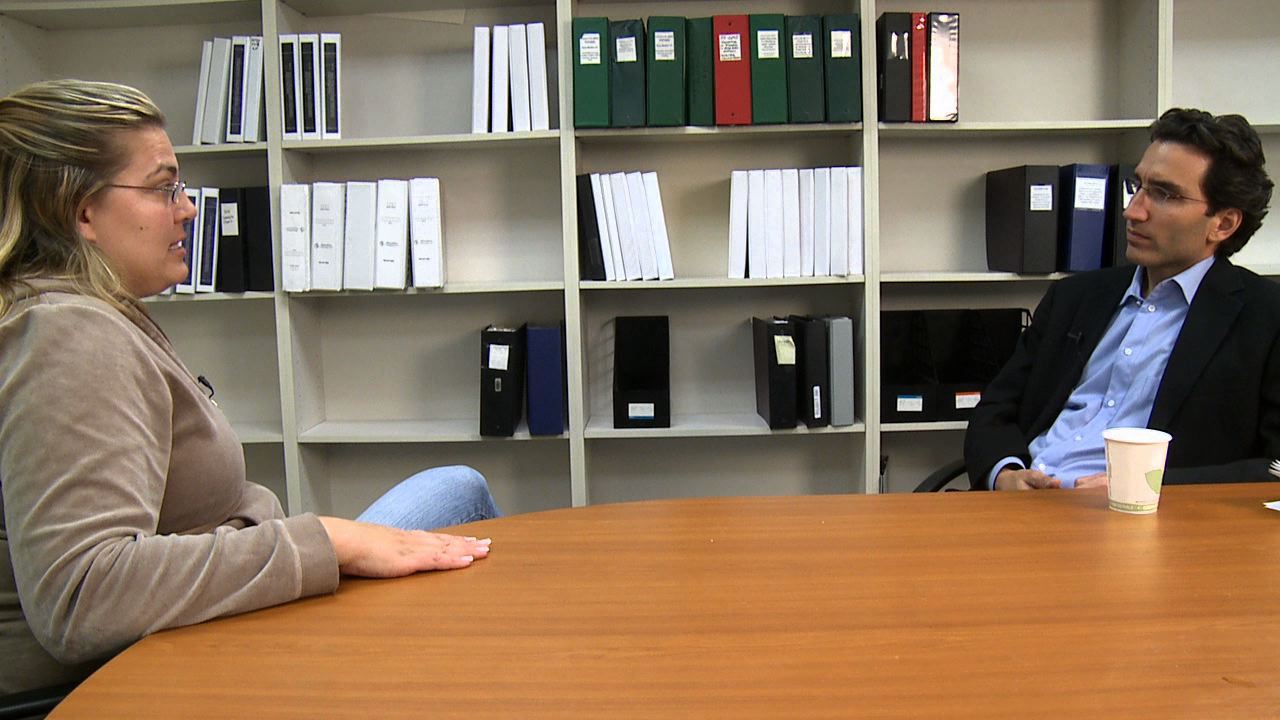
Part 4 begins six months after the three part evaluative process when Laura returns to Mt. Sinai to speak with Dr. Kolevzon, the Clinical Director. In this session, Dr. Kolevzon discusses the results of the evaluation and they consider ongoing treatment options. Laura describes Greg's progress in his therapy program, which includes Applied Behavior Analysis and speech and occupational therapy, and Dr. Kolevzon suggests further therapy options as Gregory's abilities continue to improve. Both he and Laura are optimistic about Gregory's future.
-
Nathan's Autism Diagnostic Interview (ADI) Part 1: General Orientation
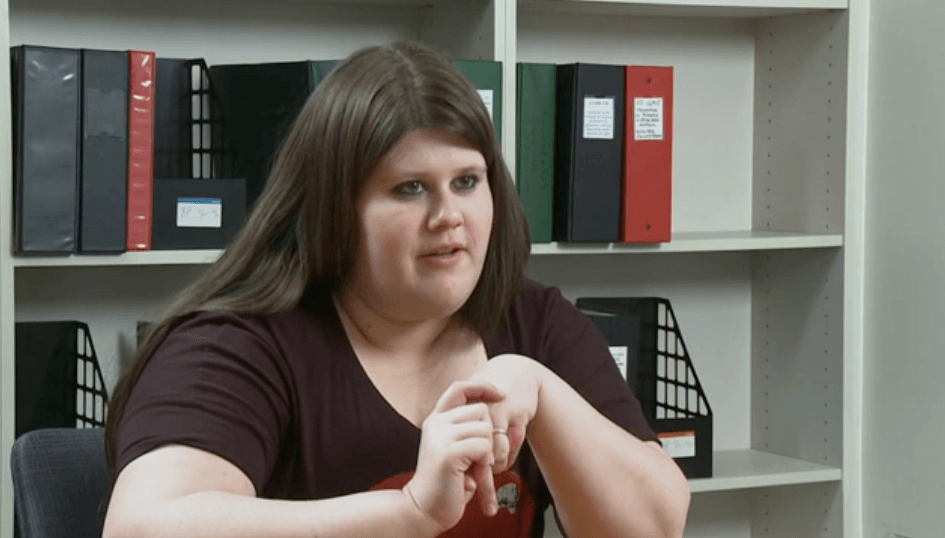
Rebecca Shulman completes a portion of the Autism Diagnostic Interview Revised or ADI R with Camila, mother of Nathan, who was diagnosed with autism at 18 months old. This extensive parent interview is often used in research studies along with the Autism Diagnostic Observation Schedule or ADOS to determine whether a child presents with an autism spectrum disorder. The interview gathers comprehensive infomation regarding their particular symptoms of autism as well as a child's treatment history and family psychiatric history.
-
Nathan's Autism Diagnostic Interview (ADI) Part 2: Early Developmental History
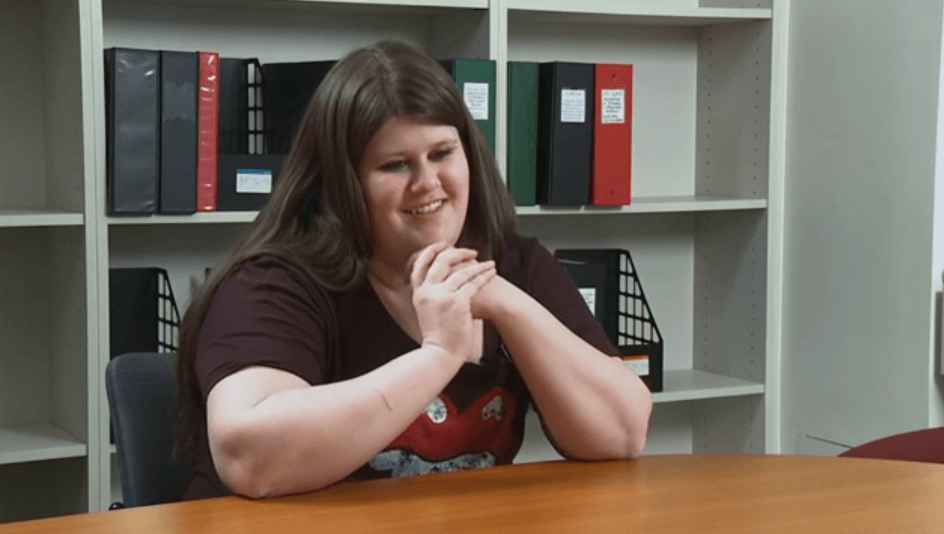
Camila, mother of Nathan (ASD), discusses some aspects of his early development as part of her completion of an Autism Diagnostic Interview (ADI), administered by Rebecca Shulman. Camila describes how she recognized that Nathan's development was atypical quite early when he failed to reach certain social milestones such as playing appropiately with toys, though he walked at 12 months without issue.
-
Nathan's Autism Diagnostic Interview (ADI) Part 3: Language and Communication
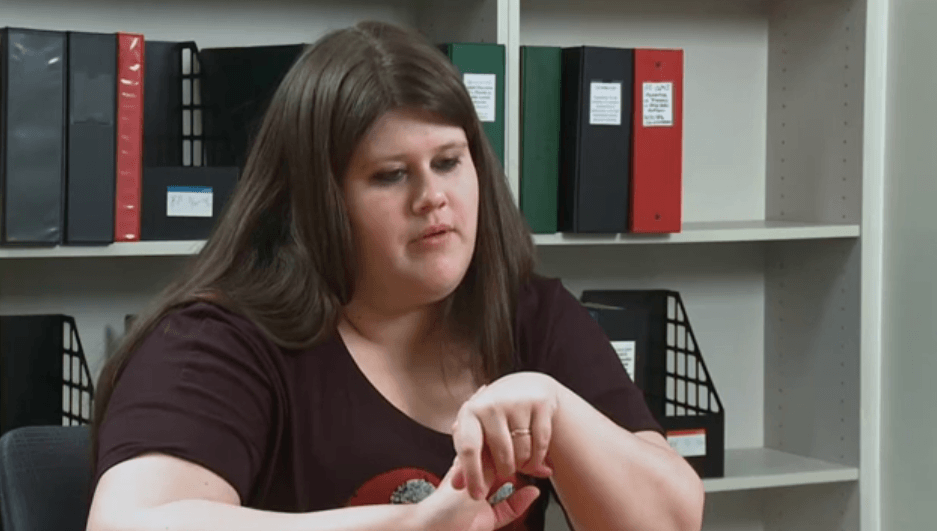
Camila, mother of Nathan (ASD) reports on his language and communication skills during an Autism Diagnostic Interview (ADI). The assessor inquires about many aspects of his language including how much he understands language, how he requests, whether he uses gestures such as pointing, waving and clapping, and whether or not he imitates or engages in any kind of pretend play.
-
Nathan's Autism Diagnostic Interview (ADI) Part 4: Social Development and Play
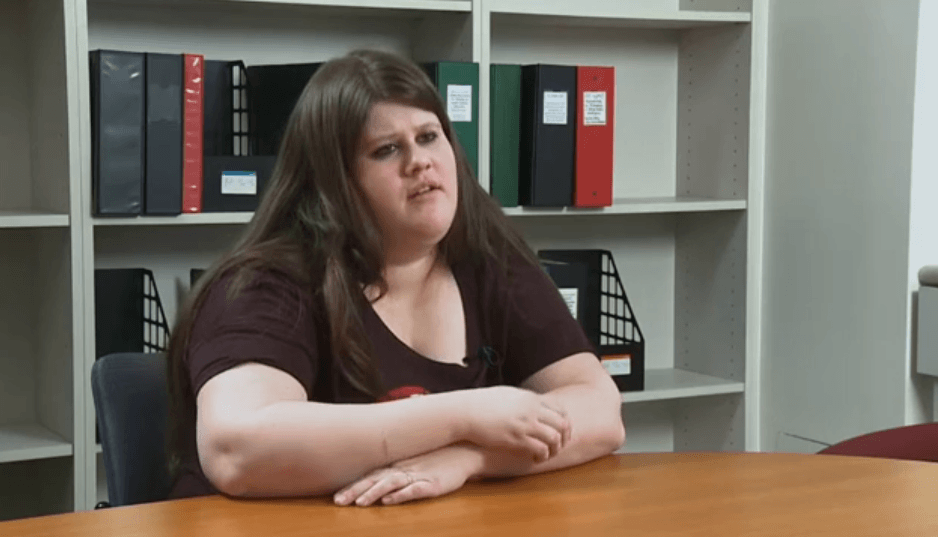
Camila, mother of Nathan (ASD) reports on his social development during an Autism Diagnostic Interview (ADI). The assessor inquires about many aspects of his social development including whether he makes eye contact, brings items to show, shares items and enjoyment, offers comfort, engages in joint attention, expresses a standard range of facial expressions, plays with toys, engages in social games, expresses interest in other children, responds to the approaches of other children or engages in group play.
-
Nathan's Autism Diagnostic Interview (ADI) Part 5: Unusual Interests and Behaviors
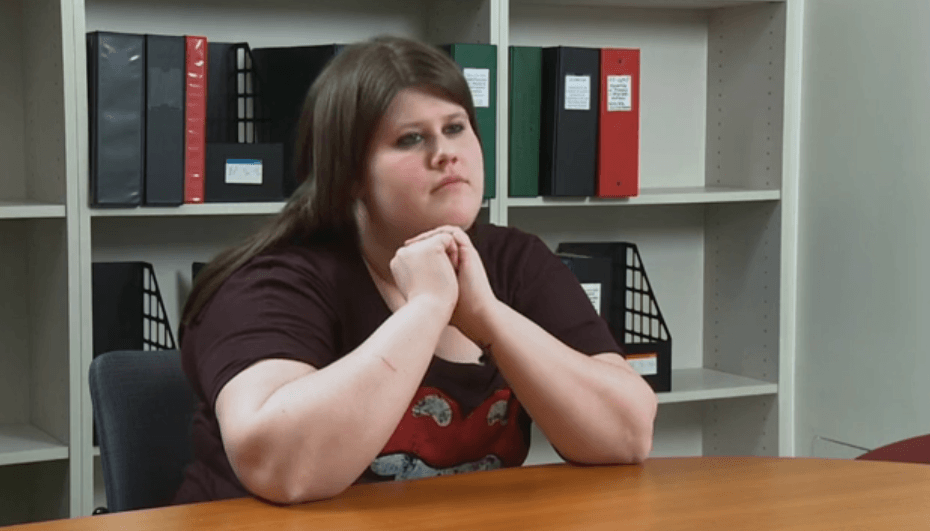
Camila, mother of Nathan (ASD) reports on his unusual interests and behaviors during an Autism Diagnostic Interview (ADI). The assessor inquires about whether Nathan displays certain repetitive and restricted behaviors such as odd preoccupations, repetitive play, unusual sensory interests, rigid routines and rituals, attachments to certain objects, negative reactions to particular stimuli or stereotyped movements.
-
Nathan's Autism Diagnostic Interview (ADI) Part 6: Various Non Specific Behaviors and Special Skills
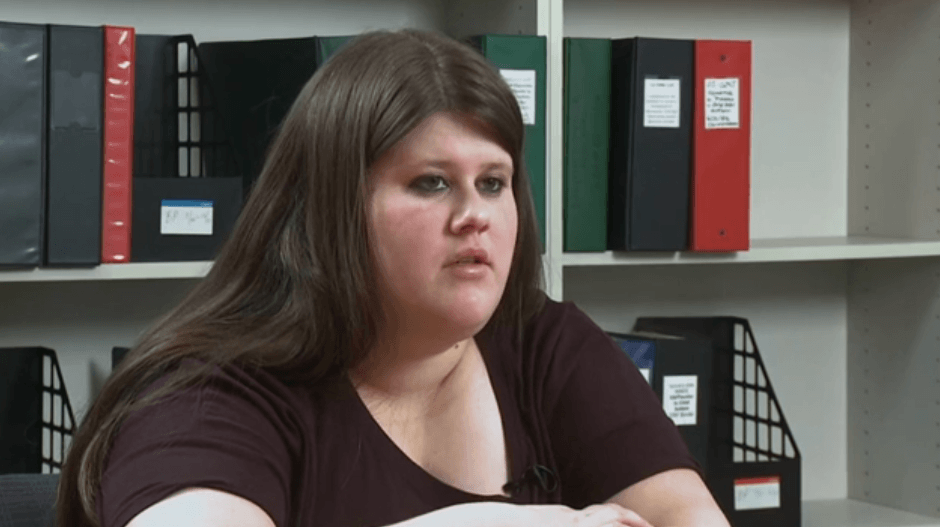
Camila, mother of Nathan (ASD) reports on various unusual behaviors and special skills during an Autism Diagnostic Interview (ADI). The assessor inquires about whether Nathan displays certain behaviors such as an odd gait, physical aggression, self injurious behavior, hyperventilating, or fainting. The assessor also re evaluates Nathan's early development to determine whether he exhibited autistic like behaviors by age 3 years, a critical point of development, by which autism symptoms typically manifest. Finally, the assessor inquires about any special skills Nathan may exhibit such as visuospatial skills or musical ability.
-
Response to Toys

Children with autism may play with their toys in an atypical, inappropriate or repetitive manner. We see Evan, a boy on the autism spectrum, repeatedly throwing his blocks over a gate rather than stacking them as many typcially developing children might.
-
No Response to Name

Children on the autism spectrum can exhibit deficits such as not responding when their names are called. In this example, Evan's mother, Raquel, tries to get Evan's attention by calling his name. Evan turns to the sound of the toys, but not his name.
-
Lack of Interest in Books
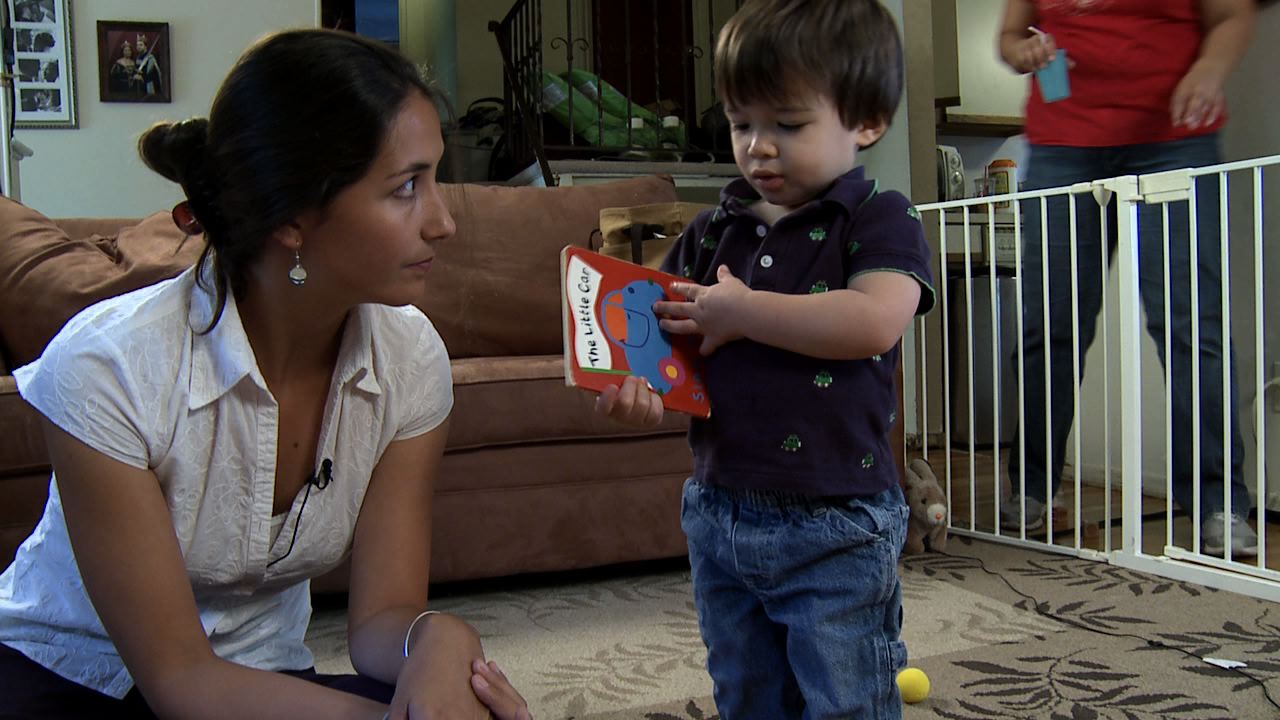
Children with autism may demonstrate a lack of interest in children's books. When Connor Puleo, a child evaluator, tries to get Evan's attention using a book, Evan maintains little interest in the book and drops it on the floor after only a couple seconds of holding it.
-
Lack of Eye Contact (Smiles Briefly)

A lack of eye contact can be a warning sign for autism. Although both Evan's mother, Raquel, and the evaluator, Connor, persistently try to elicit eye contact and a smile from Evan, he avoids direct eye contact throughout the interaction. Though Evan eventually offers a brief smile after several attempts, he does not look at his mother who is directly in front of him.
-
Some Interest in Peek A Boo

Peek a Boo is a social game that is often enjoyed by children. Connor Puleo, an evaluator, causes Evan to giggle in amusement as she plays Peek a Boo behind a white towel. Although Evan is initially entertained, he does not reciprocate. That is, he never tries to participate or keep the game going by pulling down the towel, hiding himself or asking for the activity to continue. Instead, he quickly loses interest.
-
Little Interest in Toy Frog

Children with autism may demonstrate a lack of interest in toys, even when asked to imitate interactions with the objects. After several demonstrations from both the evaluator, Connor, and his mother, Raquel, Evan shows little concern for the toy frog and fails to imitate Connor and Raquel's actions and vocalizations. Although Evan starts to smile and laugh when his mother makes the frog hop, he backs away from the toy when his mother offers him a turn.
-
Some Response to Toy Plane, No Response to Name

Often children imitate the actions of others to learn a new skill or participate in an interaction. Spontaneous imitation is thus socially motivated, and not simply a means of getting something or following a command. Children at risk for an autism spectrum disorder may have a deficit in this behavior. Connor, the evaluator, tries to get Evan to imitate her actions of flying a plane through the air without success. Rather than engaging with the evaluator, Evan isolates himself, moving away from both the examiner and his mother.
-
Lack of Interest in the Jack in the Box

Children with autism may demonstrate a lack of interest in toys that other children find intriguing. They may also be less likley to share or communicate their enjoyment or needs to others. Ethan exhibits no emotional reaction when the clown pops out of the box. Though Ethan shows some interest in the toy, he never verbally or nonverbally shares this interest with the examiner by smiling, vocalizing or encouraging her to continue. Similarly, he does not request help when the toy becomes stuck.
-
Some Interest in Peek a Boo

Connor Puleo, a child evaluator, tries to play Peek a Boo with Ethan using a white towel. Although the child shows some concern for the blanket, his attentiveness is temporary. For a majority of the game, Ethan's expression remains flat and he even seems distressed at times. Further, Ethan never asks for the game to continue or attempts to continue it himself.
-
Response to a Balloon (Gag Reflex), Looking at a Pointing Finger

We see Ethan, a young boy with autism spectrum disorder, having an unusual reaction to a visual cue: an examiner blowing up a balloon. Such unusual reactions to sensory stimuli, such as certain sights, textures, tastes or smells, may occur in children with autism.
-
Some Interest in Bubbles (Signs for More)

When encouraged by his mother, Raquel, Ethan becomes interested in the bubbles the evaluator, Connor, is blowing. Ethan makes an effort to pop the bubbles with his finger and even signs to request more. However, his requests are infrequent, delayed and often not well coordinated. He often does not look at the examiner and requires the support of his mother to stay engaged in the interaction, despite his interest in the bubbles.
-
Some Interest in Bubbles 2 (Odd Behavior; Signs for More)

Ethan illustrates odd behavior as he waits for the evaluator, Connor, to blow more bubbles. He hides his face in his hands, possibly imitating a game of Peek a Boo or peering at his fingers, a potential sensory interest. His socail motivation appears limited as he is turned away from both Connor and his mother and only communicates (signs) to request more bubbles.
-
Some Interest in a Toy Frog
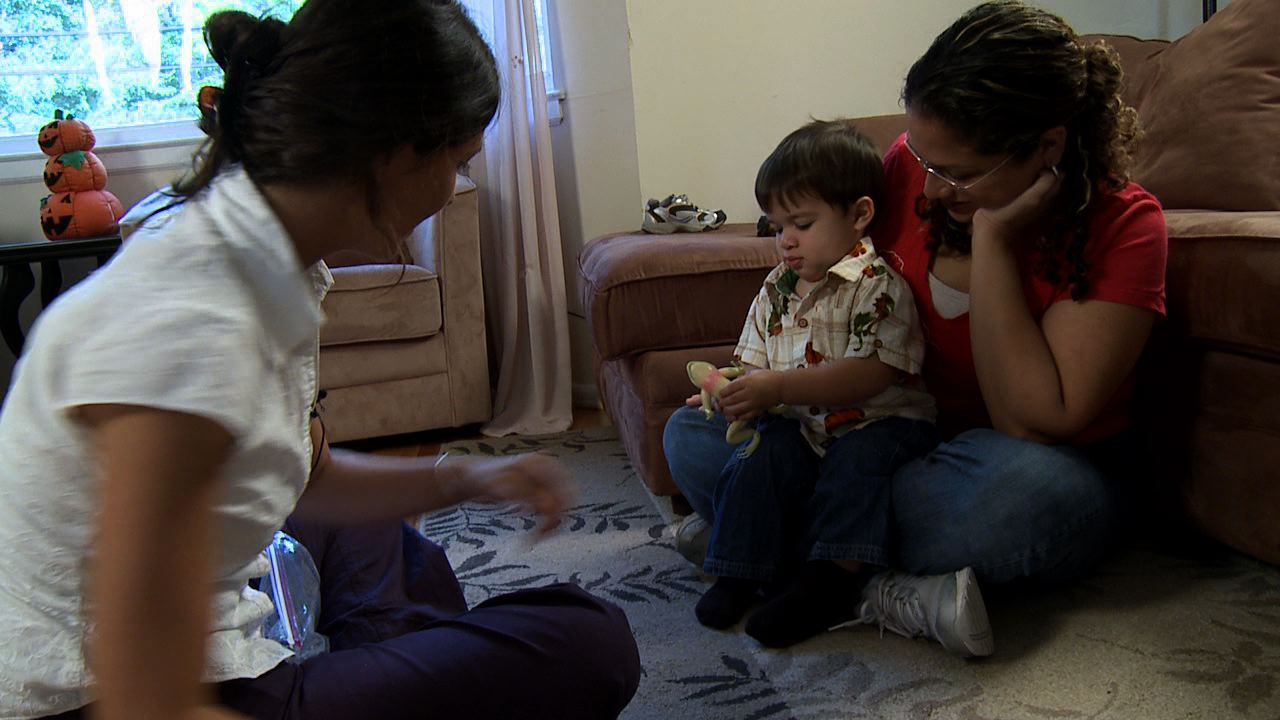
Children with autism may have trouble imitating actions when working with objects. Although Ethan shows an interest in the toy frog and the squeaking sound the toy produces, he is unable to mimic the evaluator's demonstration of squeaking and hopping the toy frog simultaneously.
-
Some Pretend Play with Toy Plane
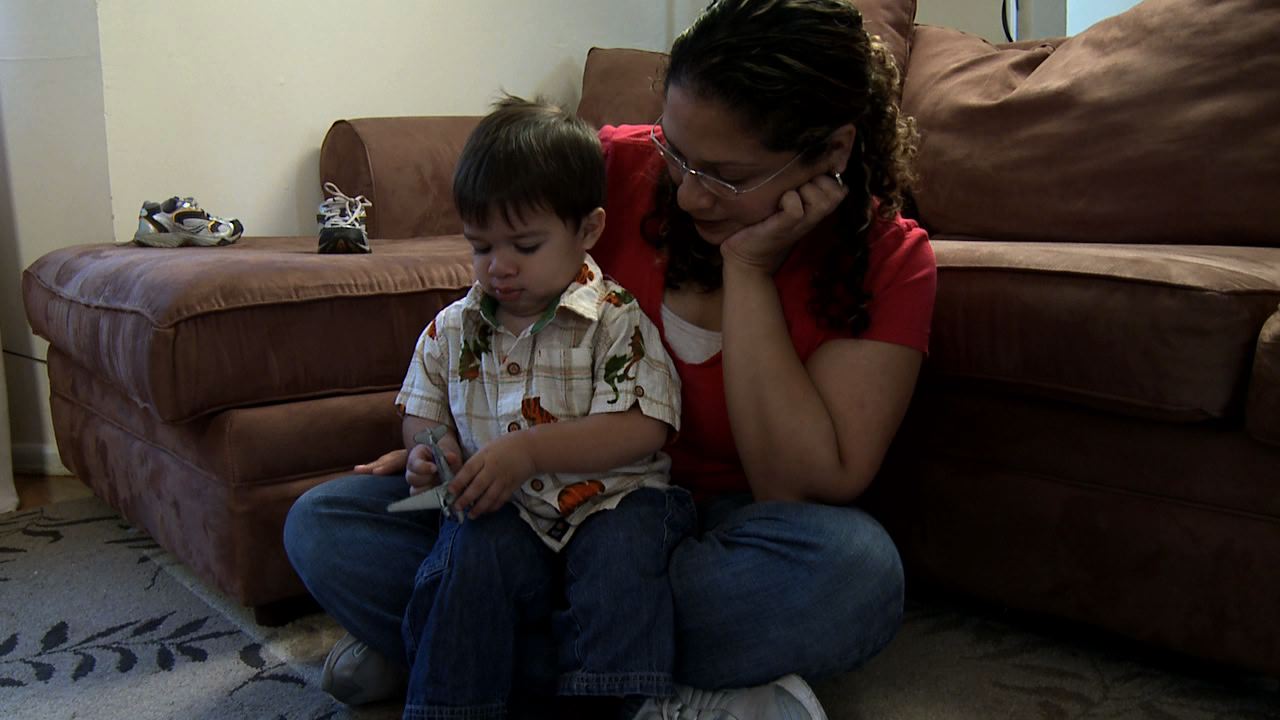
Children with autism may play with their toys differently than typical children and struggle with imitation. When asked by the evaluator, Connor, to play with the toy plane, Ethan demonstrates some success in imitating Connor's actions.
-
No Response to Name (Throws Toy Rabbit)

Many children on the autism spectrum do not respond when a parent calls their name. Lauren, the evaluator, tries to get Evan's attention by calling his name repeatedly without success. Instead, Evan becomes distracted by throwing a toy bunny to the ground multiple times, an example of the inappropriate, seemingly purposeless play seen in some children with autism. He does not respond to his name and rarely makes eye contact with the examiner or his mother.
-
No Response to Name

Many children on the autism spectrum do not respond when a parent calls their name. Evan's mother, Raquel, tries to get Evan's attention by calling his name but is not successful. Even after his mother tickles him, Evan does not make eye contact with his mother; rather, he continues to roll a textured block over his tongue, a potential sensory interest.
-
Nathan Wants Toy Frog; Lack of Transition

Though Nathan, a young child with autism, appears interested in a toy frog, he struggles to imitate the examiner's actions despite several attempts. This difficulty with imitation as well as Nathan's apparent language delay and tendency to fixate on one object, in this case the frog, are symptoms of autism. Nathan speaks no words throughout the video and spends most of the assessment perseverating on the frog. He struggles to transition to other activities or toys. Further, when playing with the frog, Nathan wiggles his fingers and waves his hands, stereotyped behaviors that often arise during moments of excitement, interest or distress in children with autism.
-
No Response to Name

One early warning sign of autism is when children do not respond to their name. Nathan does not appear to recognize or orient to his name when his mother calls him. He also does not respond to the examiner's use of his name.
-
Nathan Likes Toy Bunny; Signs for More; Joint Attention

Latha Soorya, PhD, uses Nathan's interest in a toy rabbit to assess his nonverbal communication skills. Though Nathan uses several positive nonverbal communication skills when he gives the rabbit to Dr. Soorya and signs for more, he rarely coordinates eye contact or vocalization with these requests. His language delay is also clear in that he cannot generate language even when very motivated to request the bunny. Additionally, he appears to become fixated on the bunny, crying when Dr. Soorya puts it away. Nathan's poor coordination of nonverbal cues, lack of expressive language and fixated interest on the bunny are all suggestive of an autism spectrum disorder.
-
Nathan Likes Peek A Boo; Doesn't Initiate the Game

Though Nathan appears to enjoy a game of peek a boo, he lacks the flexibility and reciprocity expected in a typical developing child his age. Specifically, he makes no effort to keep the game going or to play both parts of the game (i.e. both hiding and finding). Such limited ability to play a social imitative game, like peek a boo, is a risk alert for autism.



































